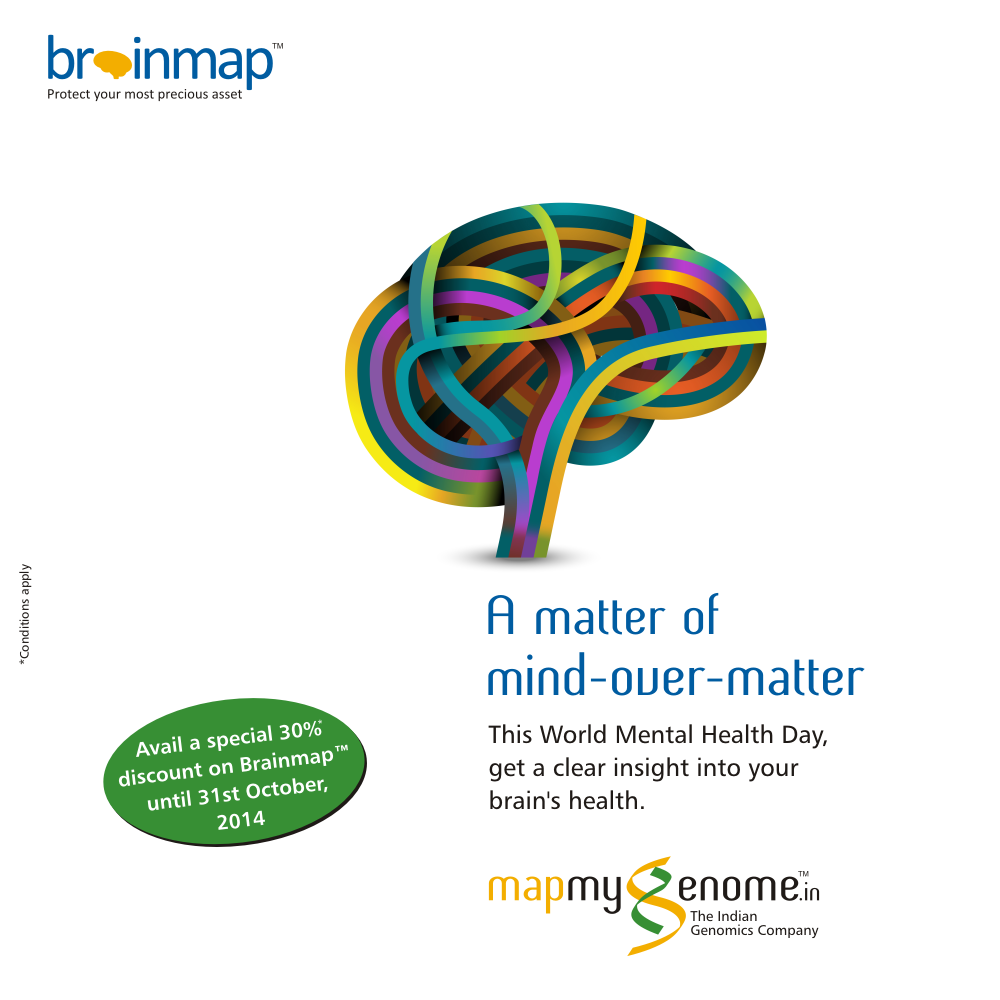By: Jasmine Khurana
What to eat and what not to eat? When to eat and when not to eat? These are basic questions for
regular gym goers. Experts say people overestimate the number of calories they have burned and
compensate by eating more than they burn.
Pre-Workout Food:
Eating right before a workout would prevent low blood sugar and provide longer lasting energy. It is
preferable to eat an hour or two before the workout. Foods you may choose must be low in fat and
fiber, moderate in carbs and protein and includes fluids.
- Banana: Bananas are loaded with digestible carbohydrate and packed with potassium, which aids in maintaining nerve and muscle function.
- Smoothies: They are time friendly and building your own blend with your favorite fruit could make it more beneficial.
- Oats: These are full of fibers, keeps your energy levels consistent during your workout. You may have it 30 minutes before your exercise.
- Wholegrain bread: It’s a good source of carbohydrates. You may top it off with honey or sliced up hard-boiled eggs for high-quality protein.
- Apple: Something light like an apple 30 minutes before your workout is ideal. You may spread a tablespoon of almond butter on your slices to squash hunger and amplify energy level ups.
Post-Workout Food:
After your workout, muscles recover and grow: muscle protein and glycogen begin to break down.
However, within a 45 minute window your body is most responsive to absorbing carbohydrates and
protein.
- Chicken: It is an excellent source of lean protein and other important nutrients like niacin. You may add some veggies in olive oil to keep your ticket in shape.
- Egg: Eggs are a great source of protein. Have a veggie-packet omelet. You may add avocados, which would help your body better absorb fat soluble nutrients that your veggies have like vitamins A, D, E and K.
- Fruit salad: Pineapple is known to have anti-inflammatory properties to help your muscle recover. Kiwi aids with digestion and helps break down amino acids.
- Wholegrain breakfast cereal: Select a high protein, high fiber cereal to reload the muscle energy stores.
- Protein Shakes or powders: Choose protein powders made from whey protein or milk proteins. A good sports drink has 14-15 grams of carbohydrates in 8 ounces. It should also have about 110 milligrams of sodium and 30 milligrams of potassium in the same volume.
- Chocolate milk: It has carbohydrates and proteins for muscle recovery, water content to replace the fluids lost as sweat and calcium, sodium and sugar- so it’s a full package post-workout snack.
If your goal is to build muscle, eat at least 30 grams of protein and 30 to 35 grams of carbohydrates
within 15 minutes of your workout. If you’re just trying to shed few pounds, eat within 45 minutes or an hour after your work out.
Points to consider:
- Avoid high-calorie bars.
- Drink plenty of fluids to avoid dehydration
- A lower intensity workout does not require as much energy as a demanding one. E.g.: if you’re
- planning to burn only 350 calories on the elliptical, a 200-calorie snack is not needed.
- Before working out, avoid raw sugar or candy – would cause a sugar rush and probably a crash mid-workout.
- Avoid overeating – may cause indigestion, sluggishness, nausea and vomiting.



